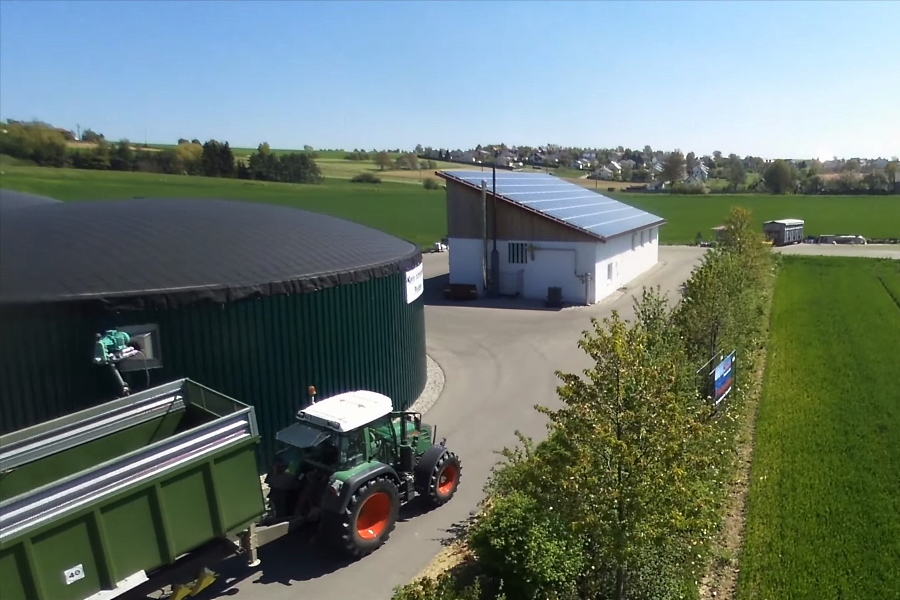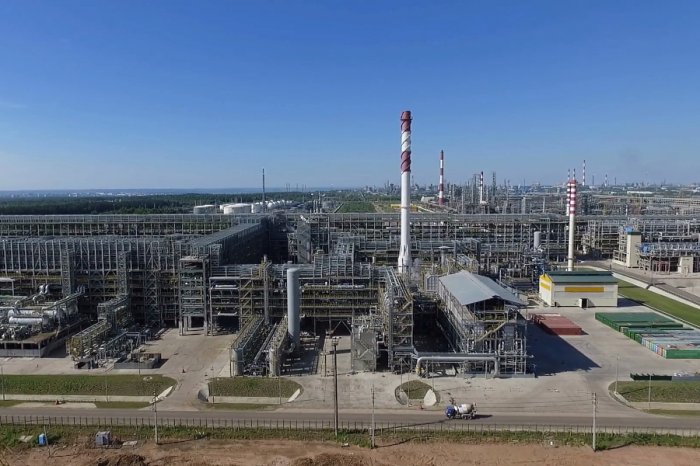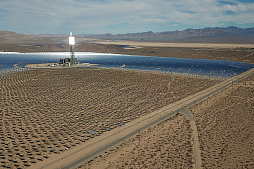Financing and lending for biomass energy projects
ESFC Investment Group offers:
• Investment financing from €50 million and more
• Minimizing the contribution of the project promoter
• Investment loan term up to 20 years
• Loan guarantees
Agriculture and forestry has enormous potential for the production of biomass for the generation of electricity and heat. Modern biomass energy projects are able to produce natural gas from silage and manure, which is especially important for countries that are heavily dependent on hydrocarbon imports.
This growing sector is based on agricultural residues, wood waste, as well as on special energy crops, the cultivation of which has begun to grow rapidly in recent years around the world.
Woody biomass, cereal straw, corn production waste and other agricultural waste can become a valuable fuel for biomass thermal power plants.
These projects, which are mainly implemented in developed agricultural areas, differ from other RES projects with low initial capital investments and are completely independent of fossil fuels, being tied to local agricultural production.
However, the cost of such projects varies widely from 1 to 5 million euros per 1 MW of installed capacity, which requires a flexible professional approach to financing biomass energy projects.
ESFC Investment Group offers long-term financing for large energy projects, including loans for the construction of biomass thermal power plants.
Our experienced financial team is ready to provide you with comprehensive support at all stages of the investment project, guiding you from the stage of pre-investment studies and contracting to the operation of the finished facility.
Investment aspects of biomass energy projects
Electricity generation from biomass thermal power plants is considered to be one of the most challenging businesses in the green energy sector from an economic and operational point of view. This can be explained by three factors listed below.First, biomass energy projects are heavily dependent on a continuous supply of large volumes of organic waste. Unlike solar power plants and wind farms, which operate on "endless" natural resources, a biomass thermal power plant is very demanding in terms of logistics, which includes the interconnected processes of harvesting, transporting and processing agricultural or wood waste.
This means additional costs. A 10 MW thermal power plant uses about 15,000 cubic meters of wood chips per month, or about 30 trucks per day.
Companies should also take into account the growing competition in the fuel market due to the gradual replacement of natural gas in heat production. This means rising prices for organic waste and the continued complexity of logistics processes.
Of course, the cost of biomass is not commensurate with the current prices of natural gas and fuel oil, which skyrocketed amid the geopolitical upheavals of 2022, but each project requires an individual approach to comparing LCOE and determining economic feasibility.
Secondly, high technical complexity and operating costs. Compared to other renewable energy projects, biomass thermal power plants are the most difficult to operate. For example, the 10 MW thermal power plant mentioned above may require the installation of about 2000-3000 sensors of various types, which, combined with sophisticated control systems, will require hundreds of thousands of euros for maintenance, periodic repairs and upgrades.
Biomass thermal power plants require annual scheduled repairs, as well as the training and maintenance of a significant number of personnel, including highly qualified engineers.
This is similar to the processes that take place at any thermal power plant in the conventional energy sector.
The third important aspect is the construction period. The construction of a biomass thermal power plant requires 2-3 years, including the stages of engineering design, construction and installation of equipment. In comparison, a medium-sized solar power plant can be built using modern technology in an average of 18 months (much depends on the technology used).
Some investment experts draw attention to another problem of biomass energy. Capital costs in the construction of solar power plants and wind farms are decreasing from year to year, but equipment for thermal power plants is only becoming more expensive due to inflation and the lack of significant investment in new technologies. Solar panels have fallen in price over the past two years by 30%, unlike steam turbines and boilers.
The payback period in the biomass energy sector today reaches 5–7 years, while in solar and wind energy investors return their funds in 3–5 years.
Benefits of biomass energy for investors and local economy
What are the investment benefits of generating energy from biomass?Biomass thermal power plants have a number of parameters that make their development highly desirable both for business and for the energy system and for the economy as a whole.
The first of the benefits of such projects is considered to be a stable mode of operation. Thermal power plants on biomass and biogas generate a relatively stable amount of energy during the day and, unlike solar and wind energy, do not require replacement capacities. This is extremely important for developing agricultural countries, where the lack of flexible capacity is one of the potential barriers to renewable energy.
The development of the regional economy is also important. In this context, companies should develop the collection, delivery and preparation of organic waste (eg drying and crushing).
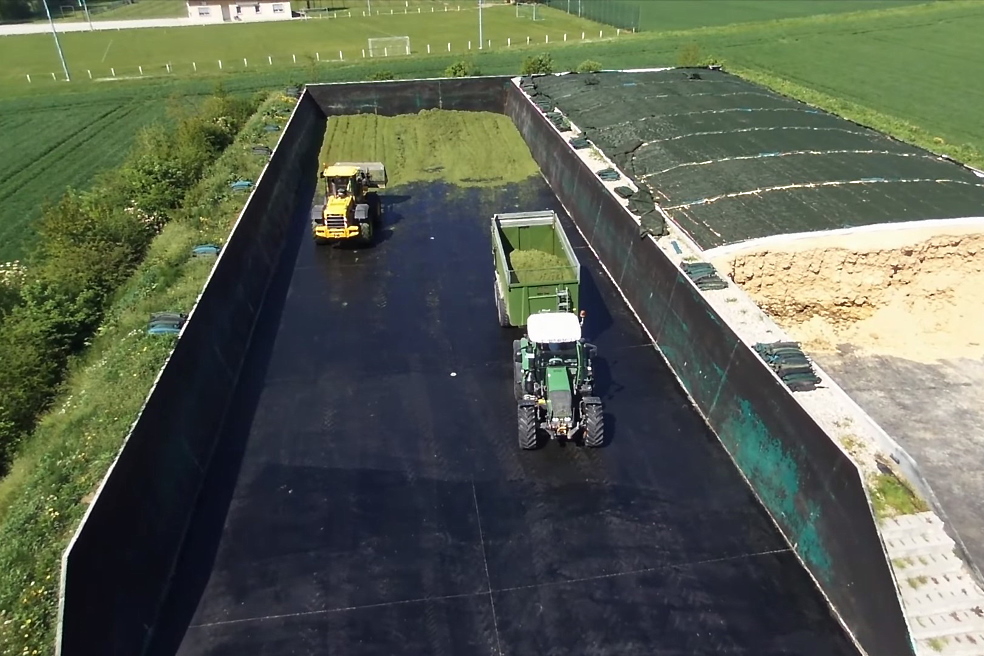
According to leading experts, the minimum distance between biomass TPPs should be 200-250 km, since the economically viable distance for the supply of organic waste for energy generation should not exceed 100-150 km.
This means the development of nearby regions and their labor market.
In the solar and wind energy sectors, it is mainly based on imported equipment, but in the biomass energy sector, the share of the local component is extremely high.
This, among other things, is an additional incentive for local companies, allowing them to develop other types of business and get the maximum profit from agricultural activities.
The third benefit of such projects is, of course, the substitution of natural gas. For example, the Eastern European states, which are heavily dependent on imported hydrocarbons, can diversify their energy mix by financing biomass thermal power plants. Agricultural countries such as Poland or Ukraine annually produce several tens of millions of tons of agricultural biomass, in addition to millions of tons of logging residues.
However, this huge potential is not yet effectively used.
Project finance for biomass energy projects
Project finance (PF) can be defined as raising capital from limited resources to finance a project with separate capital, where the capital provider primarily relies on the project's cash flow as a source of debt servicing.The PF is applicable to large-scale projects involving the private or public sector, including the construction of thermal power plants using biomass and biogas.
Financing is carried out through specially established financial structures with a high proportion of borrowed funds. Since lenders rely only on future profits from the sale of electricity and heat, the partners conduct an in-depth study of the risks at the stage of planning and preparation of financing.
Financing of biomass thermal power plants projects through PF schemes is carried out by the off-balance method. This means that the project debt does not affect the capital structure of the sponsors, and all funds are attracted by a separate legal entity, a special purpose vehicle (SPV). The latter is especially important for small companies that initiate capital-intensive projects and require borrowed funds that significantly exceed their own authorized capital.
On the one hand, project finance for energy projects looks attractive given that the deal is off the balance sheet and the sponsor's creditworthiness remains unchanged (something that does not happen with conventional loans).
When deciding whether to issue loans, banks do not focus on the solvency or liquidity of SPV, but on the cash flows that a particular project will generate.
The main disadvantage of the PF is the high cost of debt capital, which makes this scheme suitable only for large projects with strong cash flows sufficient to service the debt. It also implies the need for complex project structuring, including adequate collateral and insurance to mitigate risks.
When structuring project finance, risk reduction is vital given that it leads to greater confidence in the project company's future cash flows.
To a large extent, effective risk control is carried out by entering into contracts with various stakeholders, which is why the PF is considered a legally difficult way to finance biomass energy projects.
The following contracts are concluded in the structuring of project finance:
| Contract | Description |
| Construction contract | The scope of this document is usually defined by the concept of EPC (engineering, procurement, construction), which covers all stages of design, equipment purchase and installation, civil works, commissioning and start-up of the power plant. The key to success in EPC contracting is the experience of contractor, which largely determines the quality, adherence to schedule and the risk of cost overruns. |
| Administration, Operations and Maintenance (AOM) contracts | These contracts are required after the commissioning of the biomass project as a professional contractor is required to manage, operate and perform the related maintenance of the high technology equipment. As in the case of construction contracts, AOM contracts must be executed by companies with the appropriate technical capability and experience, since improper maintenance of assets can lead to their failure, which will affect future cash flows, in addition to a direct impact on the life of the equipment and on project lifespan. |
| Supply contracts | This type of contracts are necessary to ensure the supply of fossil fuels (straw, sawdust, manure). They are usually negotiated on a take-or-pay basis, meaning the buyer's obligation to pay whether the company currently needs the product or not. Since biomass thermal power plants are highly dependent on the supply of fossil fuels from nearby farms, long-term contractual relationships with these suppliers are critical for future investment projects of this type. |
| Power Purchase Agreement (PPA) | In the early stages, it is necessary to conclude long-term contracts that ensure the sale of products or services created by the SPV. Contracts for the sale of electricity and heat will allow project participants to predict future cash flows and ensure their safety. |
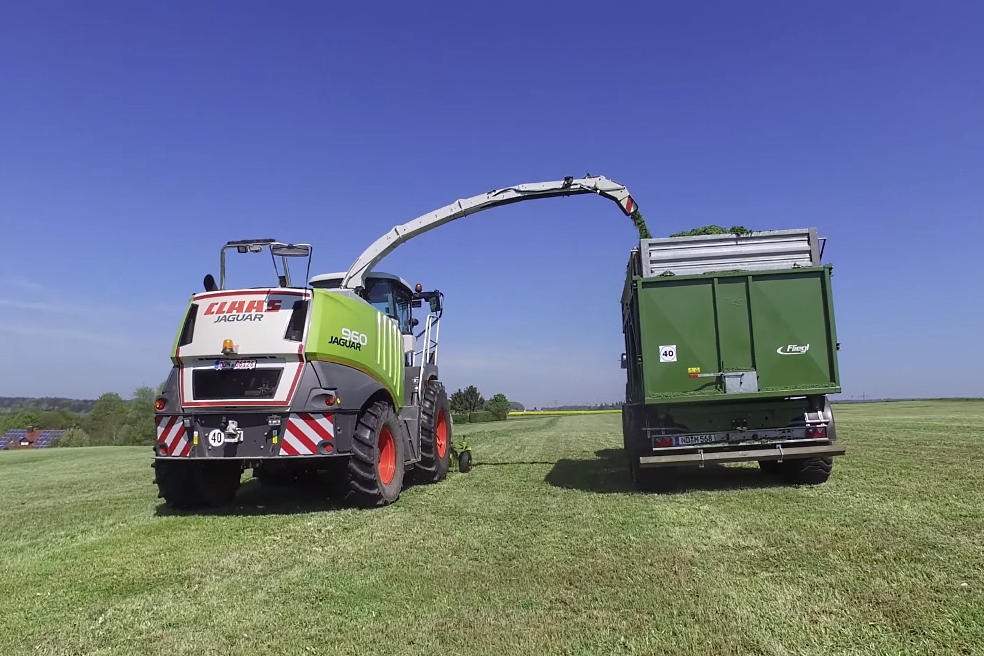
Based on the project finance contract structure above, we can see the main participants in a typical biomass energy project.
Each of these participants plays an important role in the project, which should be properly reflected in the contract structure:
• SPV. This is a special company that is established for the implementation of a specific investment project, it will also be responsible for maintaining the debt, making appropriate payments and distributing profits.
• Sponsors. Sponsors refers to those companies that are interested in the development of the project, the supply of green energy from biomass and the implementation of other projects closely related to the biomass thermal power plant.
• Capital providers. This group includes numerous financial institutions and companies that will be responsible for providing the resources needed to develop the project. They must finance the purchase of technology, construction and operation. Among the companies financing a biomass energy project, there may be technology giants that, in order to stimulate their sales, may establish lending schemes or even leasing schemes.
• Insurance companies. These project finance participants are required to provide insurance coverage and mitigate the risks associated with the project.
There is now a wide range of funding sources for biomass projects, which enhances the ability of SPVs to obtain long-term funding outside the host country's domestic financial market.
These are not only traditional investment loans, bonds and leasing instruments, but also numerous alternative financial models widely used in renewable energy and other innovative sectors of the economy.
The sources of financing for such projects can be international financial institutions (EBRD, IFC, African Development Bank, Inter-American Development Bank), commercial and state banks, credit unions, municipalities, government bodies, leasing companies, equipment manufacturers, agricultural producers, as well as various investment funds, willing to invest in biomass energy projects in exchange for participation in them through shares, warrants, convertible bonds, etc.
If you are looking for long-term financing for a major energy project, please contact ESFC for advice.
Our team is ready to develop a customized investment solution for any project, taking into account your goals, business scale, tax incentives, as well as any restrictions and time frames.



